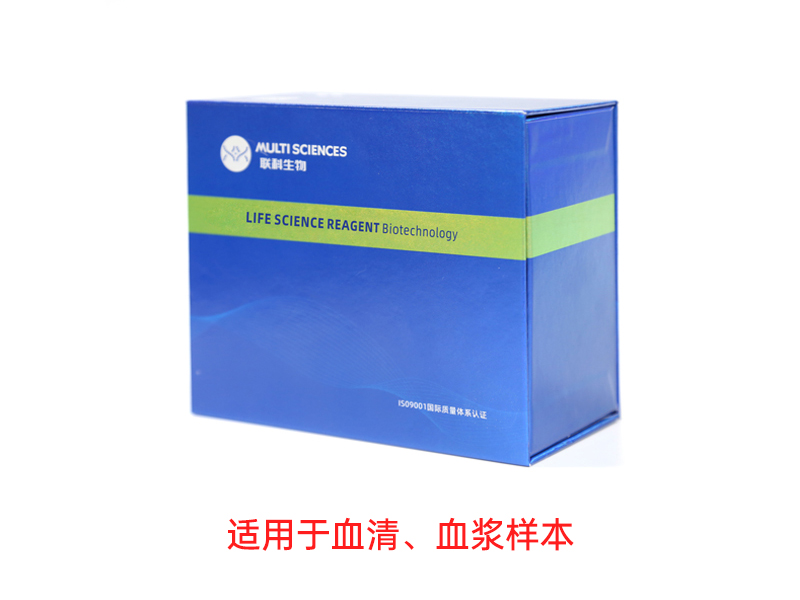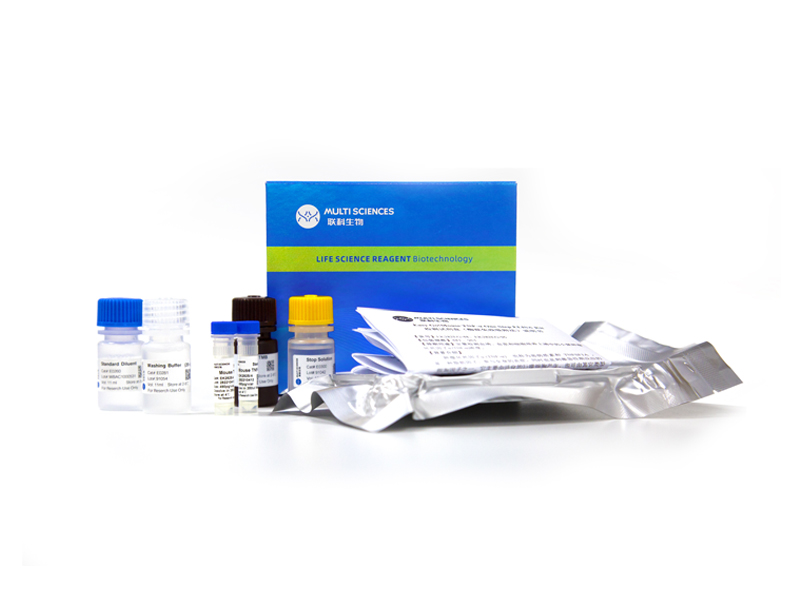Modulating the immunosuppressive tumor immune microenvironment (TIME) is considered a promising strategy for cancer treatment. However, effectively modulating the immunosuppressive TIME within hypoxic zones remains a significant challenge. In this work, we developed a hypoxia-responsive amphiphilic drug carrier using boron-dipyrromethene (BODIPY) dye-modified chitosan (CsB), and then fabricated a hypoxia-targeted nanotheranostic system, named CsBPNs, through self-assembly of CsB and pexidartinib (5-((5-Chloro-1H-pyrrolo[2,3- b ]pyridin-3-yl)methyl)-N-((6-(trifluoromethyl)pyridin-3-yl)methyl), PLX3397), an immunotherapeutic drug targeting tumor-associated macrophages (TAMs), for synergistic photothermal/immunotherapy and hypoxia imaging. CsBPNs demonstrated uniform size, good stability, and hypoxia-switchable fluorescence and photothermal effects, enabling deep penetration and hypoxia imaging capacities in three-dimensional tumor cell spheres and tumor tissues. In vitro and in vivo experiments showed that CsBPNs under laser irradiation promoted TAMs repolarization, reversed the immunosuppressive TIME, and enhanced the therapeutic outcome of PLX3397 in solid tumors by facilitating deep delivery into hypoxic regions and synergistic photothermal therapy. This work provides a new strategy for detecting and modulating the immunosuppressive TIME in hypoxic zones, potentially enabling more precise and effective photo-immunotherapy in the future.
文章引用产品列表
-
- EK981EGA 10 Citations
- 一步法ELISA试剂盒
EasyGo!™ Human/Mouse/Rat TGF-β1 ELISA Kit 检测试剂盒(酶联免疫吸附法)
- ¥2,190.00 – ¥3,650.00
-
- EK210EGA 23 Citations
- 一步法ELISA试剂盒
EasyGo!™ Mouse IL-10 One-Step ELISA Kit 检测试剂盒(酶联免疫吸附法)
- ¥2,190.00 – ¥3,650.00
-
- EK981 369 Citations
- FEATURED ELISA KIT, ELISA试剂盒
Human/Mouse TGF-β1 ELISA Kit 检测试剂盒(酶联免疫吸附法)
- ¥1,600.00 – ¥10,800.00
-
- EK212HS 92 Citations
- 高敏试剂盒
Mouse IL-12p70 High Sensitivity ELISA Kit检测试剂盒(酶联免疫吸附法)
- ¥2,000.00 – ¥3,400.00
-
- EK212 108 Citations
- ELISA试剂盒
Mouse IL-12p70 ELISA Kit检测试剂盒(酶联免疫吸附法)
- ¥1,600.00 – ¥2,650.00
-
- EK210 486 Citations
- FEATURED ELISA KIT, ELISA试剂盒
Mouse IL-10 ELISA Kit检测试剂盒(酶联免疫吸附法)
- ¥1,600.00 – ¥10,800.00





